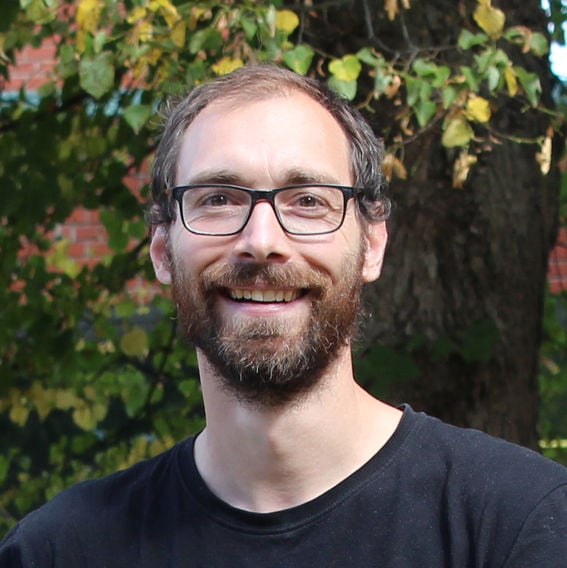CEST researchers receive significant LUMI supercomputing resources

Two recent applications by researchers from the CEST (Computational Electronic Structure Theory) research group for computing resources provided by the LUMI supercomputer were successfully granted. The CEST group, led by Prof. Patrick Rinke, applies machine learning and computation to solve pertinent problems in physics, chemistry, and materials science.

The first of the two successful projects, Expanding Property Prediction and Machine Learning Models for Atmospheric Science (EXPAND ATMOS), is led by researcher Hilda Sandström with the help of doctoral student Lucas Bandeira. EXPAND ATMOS investigates particle formation in the atmosphere and how these particles affect the climate and air quality. These tiny particles form as a result of a complex web of chemical reactions and processes involving emissions from human activities like industry and agriculture. However, the details of these reactions remain largely unknown. To unravel this mystery, scientists turn to computational models. These models help trace how human activities impact particle formation in the atmosphere. Traditional modelling methods demand immense computational resources, often to an impractical extent. By leveraging machine learning, EXPAND ATMOS creates models that will open new ways of doing research in atmospheric science that were previously impossible. Developing these machine learning tools requires substantial resources, which are now accessible thanks to LUMI. With access to LUMI, we anticipate significant advances in understanding and mitigating the impacts of atmospheric particles on our climate and on air quality.

The second granted project, named Active Learning for Vibrational Spectroscopy (ALVS) is led by researcher Ondrej Krejci with the help of doctoral student Nitik Bhatia. Together, they apply machine learning to help investigate heterogenous catalysis of green fuels such as methane and methanol. This type of catalysis is an important industrial process to produce useful chemical compounds including green fuels and to simultaneously convert unwanted chemicals like carbon dioxide. In this context, it is essential for researchers to understand the catalyst’s behaviour and working mechanism. Vibrational spectroscopy is one of a few characterization techniques available that can provide in-situ and real-time information on catalyst operation. The goals of ALVS will be achieved with the help of a novel machine learning model for efficiently predicting vibrational spectra. The ALVS model will facilitate unprecedently fast identification of reaction intermediates, reaction pathways and active components of the catalysts. Developing such machine-learning models, however, requires significant amounts of training data, which will be generated computationally with the ALVS LUMI resources. The gained knowledge will help us design better catalysts, improve green fuel production and thus contribute to carbon dioxide mitigation.
Both projects directly benefit from access to supercomputing resources. Thanks to the LUMI Extreme Scale Access project call, EXPAND ATMOS and ALVS have received the necessary resources and access to LUMI, one of the top five supercomputers in the world. Europe’s flagship computer also provides state-of-the-art infrastructure needed to conduct this type of research at an unprecedented scale. The two selected projects are two out of only six Finnish projects that were granted as part of this call.
Contact and more information

Read more news

Pengxin Wang: The internship was an adventure filled with incredible research, unforgettable experiences, and lifelong friendships.
Pengxin Wang’s AScI internship advanced AI research, fostered global friendships, and inspired his journey toward trustworthy AI solutions.
Major grant from the Kone Foundation for modern architecture research - Laura Berger's project equates building loss with biodiversity loss
Aalto University postdoctoral researcher Laura Berger and her team have been awarded a 541 400 euro grant from the Kone Foundation to study the effects of building loss on society and the environment.
AIS Impact Award 2024 goes to Professor Matti Rossi and his team
The team won the award for technological and entrepreneurial impact